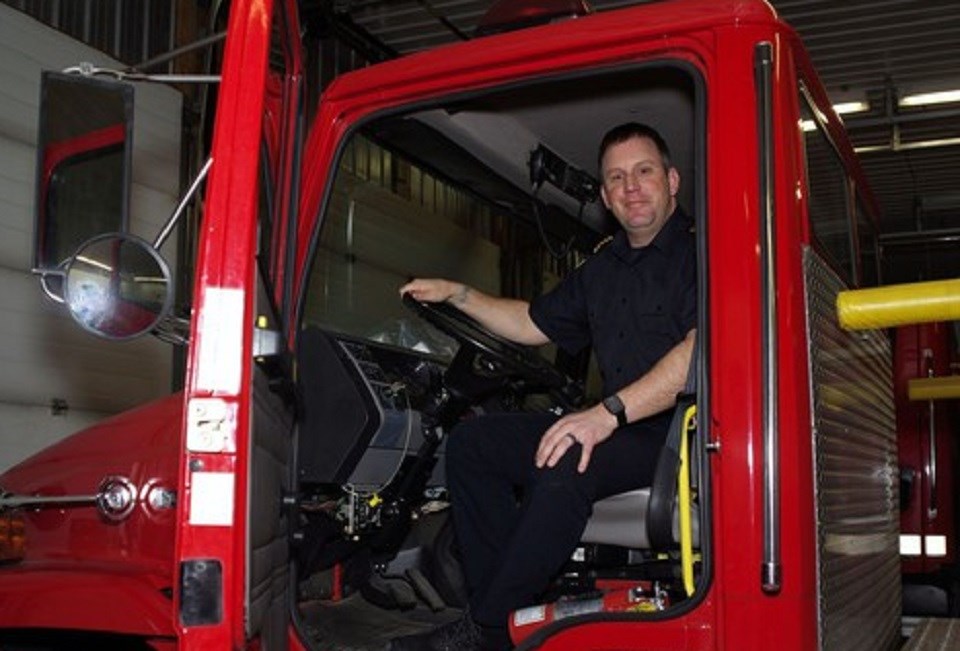The mass emergency notification system known as Code Red has been in effect in Sundridge for just more than a year and so far the system has a few hundred participants.
However, with a population of about 1,100 people, Sundridge Strong Fire Chief Andrew Torrance says the number isn't quite where he and the Emergency Management Board Committee would like.
This year there will be a push to get more people to sign on to it.
Code Red alerts Sundridge residents about any emergency and what action to take.
Alerts are sent either as an email, landline call, text message or cell phone call.
South River Fire Chief Risto Maki introduced Code Red to the Almaguin Highlands a few years ago and in that time, South River, Machar, Strong and most recently Sundridge have adopted the notification system.
Code Red originated in the United States and Torrance says it's been very successful.
Torrance says when it comes to rural communities like those in Almaguin, Code Red is a fast and efficient way to alert the public about an emergency.
Signing up to receive Code Red alerts is not mandatory. It's up to the individual and there is no charge.
Only Torrance and Nancy Austin, the clerk administrator in Sundridge, are authorized to send out Code Red alerts in the municipality.
Torrance says a typical alert starts with the pre-recorded words 'This is a Code Red message from the Village of Sundridge' followed by a narrative that describes the nature of the emergency and what action people should take.
If an emergency is localized, like a gas leak in a neighbourhood, the Code Red is sophisticated enough that only the people in the affected area would receive the alert as opposed to a community-wide message.
Additionally, if an American tourist from California, for example, has the Code Red app and is visiting Sundridge, the database recognizes the tourist's contact information and includes the individual in an alert.
“So they could be vacationing on Lake Bernard and they would learn that there's a Code Red notification in the area,” Torrance said.
Although Code Red has been available locally for just more than a year, Torrance says the municipality continues to run tests.
He says the reason for the tests is to encourage more people to adopt the system.
A Code Red test alert would tell the user this is only a test and Torrance says the rationale here is to get people talking about the notification system to other people who have yet to sign up.
“So we're trying to generate a conversation around it,” said the fire chief.
He says the goal is to run two or three Code Red tests this year to encourage more participation.
The municipality also has information about Code Red on its website and Torrance encourages people to talk to their families, friends and neighbours about the benefits of signing onto Code Red.
Torrance says the Almaguin area is a region that is not covered well by traditional media because of its rural nature.
But thanks to Code Red, Torrance says a mass notification or localized alert can be sent out far sooner than the time it would take to reach someone at a radio station to get the information out.
Torrance says Code Red is the way of the future and adds so far Sundridge has not had to use the alert system in an emergency situation.
It costs the municipality $1,000 a year to maintain the Code Red alert platform.
Rocco Frangione is a Local Journalism Initiative reporter who works out of the North Bay Nugget. The Local Journalism Initiative is funded by the Government of Canada.



